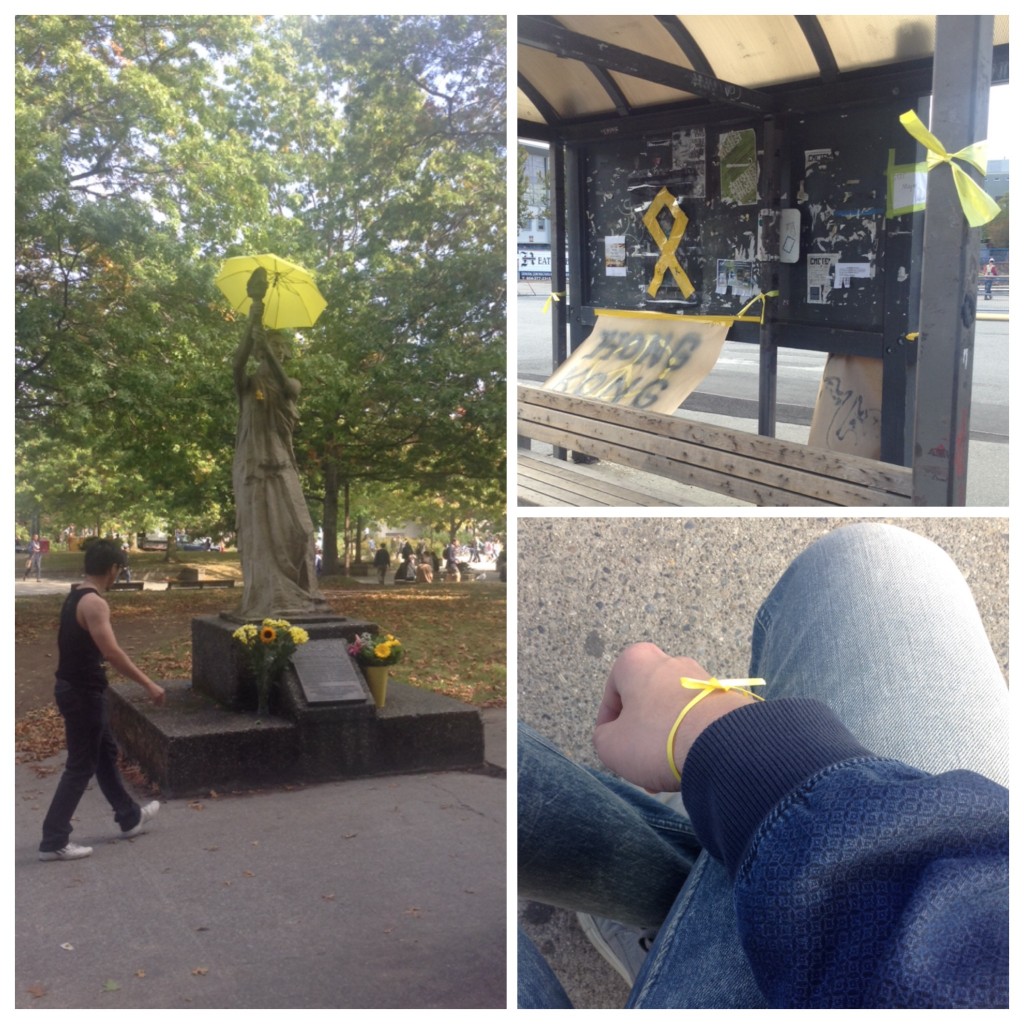“Please move to the rear of the bus”
Being a bus commuter to UBC for the past two months, I have always had that moment of staring at a pixelated LCD screen half-consciously, while listening to a monotonous voice repeats every few minutes the same formatted announcement: “Next stop … Street.” The bus then stops as promised, empties out some lucky passengers, at the same time gets filled up with also half-awake commuters like me. But the worse part of this journey has yet to come, “Please move to the rear of the bus.” If this bus ride were a roller coaster, hearing that phrase would be an unexpected adrenaline rush. People without any choice, embrace even more the limited personal space they have left, and all start a new cycle of staring at the LCD screen.
The above lengthy description of a typical commuting process is now, through the scope of auto/tweetography (McNeill 2014) can be condensed as “Please move to the rear of the bus.”
As a part of the therapeutic culture (Furedi), the act of releasing that haunting announcement has become more accessible thanks to various online platforms such as PostSecret or Six Word Memoir. Due to the increasing popularity of such environment, I would like to mention once again the idea of the “non-places” (Auge 1995) from my first blog entry, to somehow illuminate my observation.
The concept of the “non-places” describes a certain sort of places that evokes a sense of thin or abstract identity (Kolb 2008); particularly places formed in relation to certain ends (transport, transit, commerce, leisure) (Auge 1995). In this case, I recognize a parallel between the “non-places” of Auge: the full bus ride, and a more contemporary online “non-places” of PostSecret and Six Word Memoir,… Both environments are in excess, which means they are filled with “an abundance of events” that is essential to the supermodern age. The latter platform prevails as it fits to the development of the Internet in the 21st century.
However, the “abundance of events” does not necessarily signal an abundance in how information/interactions, or specifically autobiographies are presented. For instance, the “thin or abstract identity” of commuters prevents them from interacting with each other. Whereas the rise of microblog encourages instant, short wordings rather than longer proses as discussed above.


